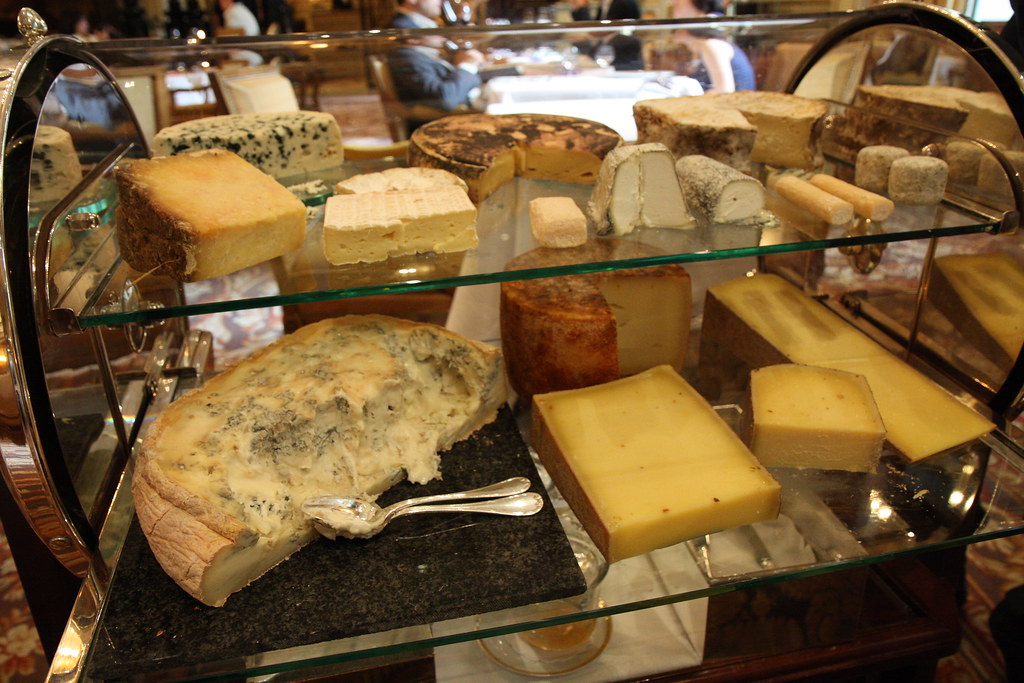I was going to do my usual “My Summer Sucks” post about how much I loathe July and August in Las Vegas, but since the whole world is turning into a listicle, I thought the coward’s way out was easier. Of course we call this a “Top Ten” list because, 1) that is the most eye-catching title for those infected with Tik Tok brain; and, 2) because these days most adults under 40 can’t count above that number.
Regardless, we’ve thrown in a few extras for your dissection, derision, discussion and delectation…
So here they are, my Top 10(?) Love/Hate lists of the Summer of ’23:
THE HATE LIST (General Opprobrium Division)

(Ambient loathing, on an Herculean scale, of things that make us want to swallow a hot coal whenever they come into our field of vision.)
1. Politics
2. Grown men who wear baseball caps backwards
3. Anyone who thinks Adam Sandler is funny
4. The U.S. Women’s Soccer Team
5. Pharmaceutical ads
6. Barbra Streisand
7. Any movie/TV show where they shoehorn a polyamorous, multicultural, trisexual relationship into the plot because they think the viewers are too stupid to notice they’re being patronized
8. Awards shows
9. Any country music made after 1977
10. Sports betting
11. The for-profit American medical system
Of course these are just the tip of the iceberg. Time and space does not allow for the hundreds of other grievances which conspire to ruin our good nature every day. To hear them, you’ll have to tune into our podcast: Eat. Talk. Repeat. every Friday for whatever “Pet Peeve of the Week” has appeared with enough frequency to hinder our appetite for life.
THE HATE LIST (Culinary Division)
(Don’t get me started about…)
1. People who use coffee shops as offices
2. Women who eat with their tits
3. Chefs with flamethrowers
4. Caviar bumps
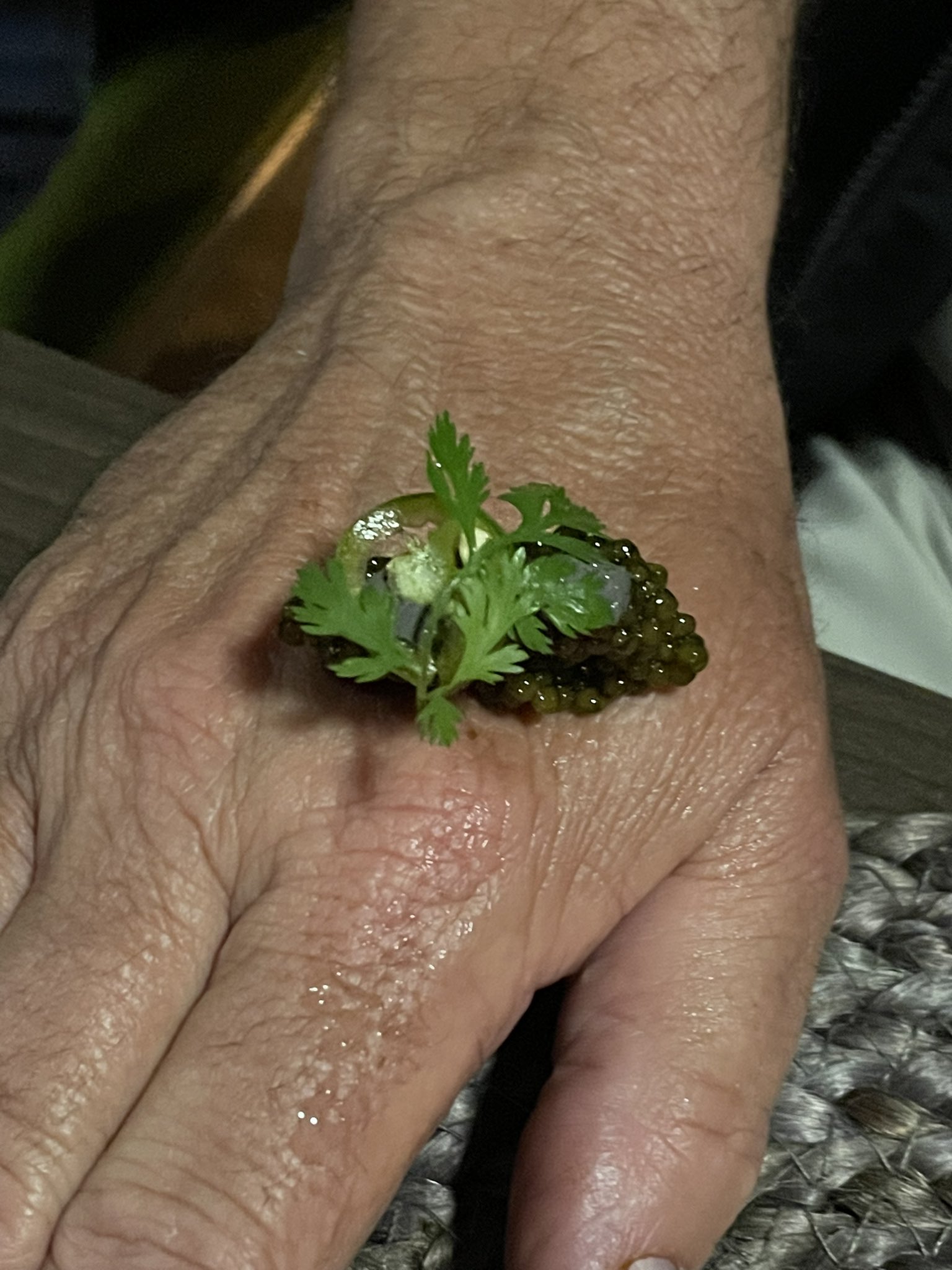
5. Summer truffles
6. Natural wine
7. Tweezer food
8. Picky eaters
9. Chicken Parm
10. Dogs in restaurants
11. Music in restaurants
12. Eardrum-piercing restaurants
14. Restaurants flaunting “charity work” as a disguise for advertising
16. J. Kenji López-Alt
17. Culinary awards (unless I’m bestowing them)
18. Cooking competition shows (unless I’m appearing in them)
19. Influencers who refer to mignonette sauce as “minuet sauce” and have either never heard of Wolfgang Puck, or are taken unawares by anyone having such a first name. (“His real name is Wolfgang?” — at the 25:33 and 56:00 minute mark of this Las Vegas Fill podcast if you are interested.)

And if I see one more video of a gargantuan lobster tail being hauled through a wheelbarrow of butter, I’m going to stick a fork in my eye.
20. Smoked cocktails
21. QR Code menus
21. Fat people in tight clothes
<<<<<<<<<<<<<<<<>>>>>>>>>>>>>>>>>
But let us not dwell on negativity, nor lead ourselves into tempestuousness, but rather, deliver you from evil and days hotter than doughnut grease at a fat man convention.
In other words, let us find what little solace we can among the simple pleasures and tender mercies of everyday life by accentuating the positive…
THE LOVE LIST (Culinary Division)
1. Chef-owned restaurants
2. French pastries made by French persons
3. Jewish delis owned by Jews
4. Cheese shops
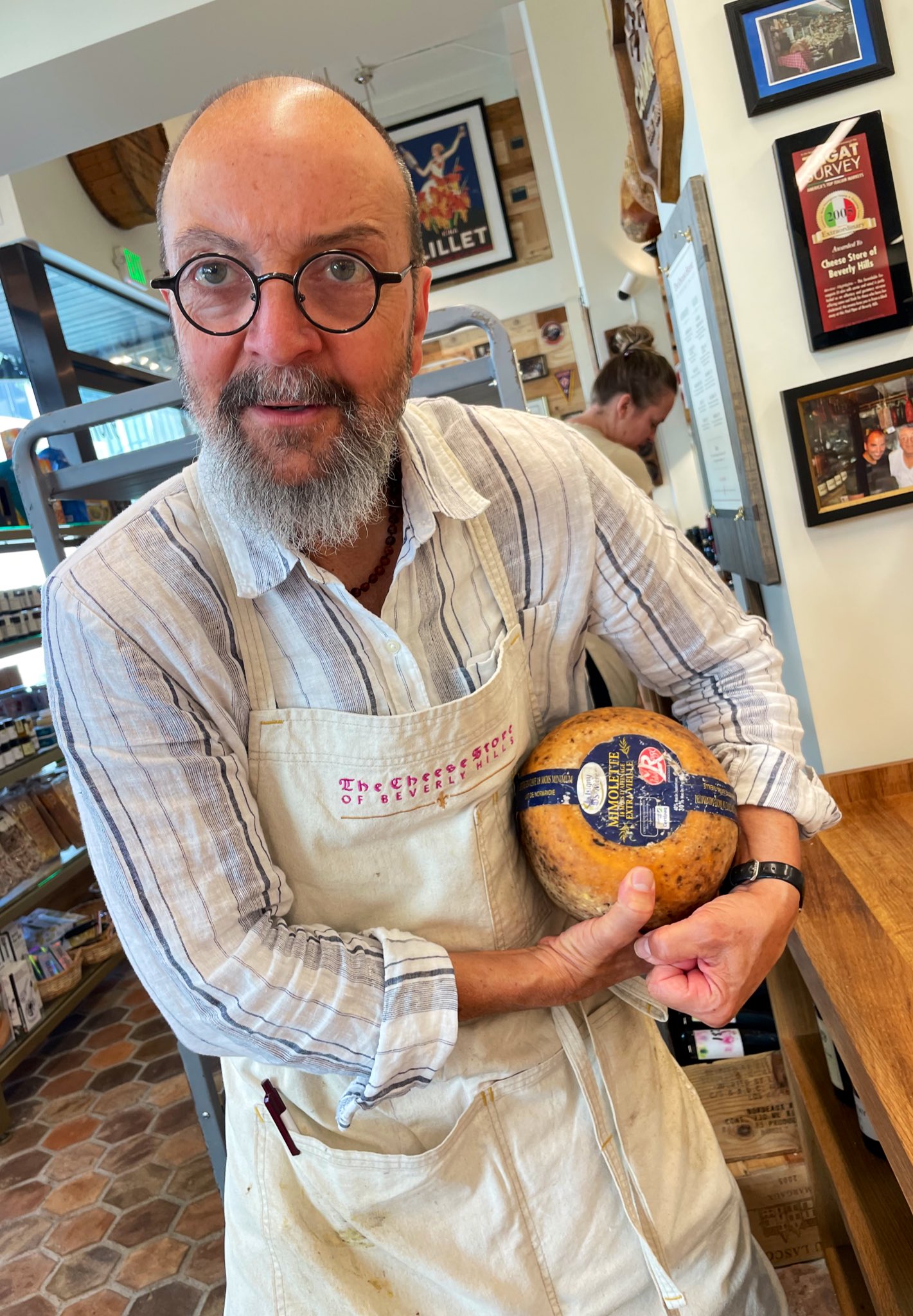
5. Tablecloths and cotton napery
6. Menus on chalkboards
7. Old restaurants
8. Eating seafood within a few miles of an ocean
9. The writings of Joseph Wechsberg, A. J. Liebling, M.F.K. Fisher, Seymour Britchky, Calvin Trillin, Jacques Pepin, Alan Richman, John Mariani, Marina O’Loughlin, Jean Anthelme Brillat-Savarin, Waverly Root…just to name a few
10. The uncompromising excellence of Japanese restaurants run by Japanese
11. Barbecue in the Deep South cooked by guys named Virgil, Leroy or Sonny eaten at picnic tables off paper plates with paper towels while meat juices drip off your chin and fat congeals in your blood while your fingers get so stained with bbq soot they smell like fatback ribs for a week
THE LOVE LIST (Everyday Life Edition)
1. Cafe-sitting in France
2. Arrested Development/Reno 911 – the two funniest TV shows of the past 20 years
3. People who refuse to apologize just because they said something that offended somebody
4. Walking for miles in great cities where there’s always something to look at.
5. Walking for miles along a beach where there’s nothing to look at but the water and sand
6. Hitting golf balls
7. Talking to my kids
8. Traveling with my wife
9. Parties at my house
10. A fine meal with close friends in a good restaurant in a foreign city
11. Jimmy Carter
>>>>>>>>>>><<<<<<<<<<<<
Summertime in Vegas is the inversion of winter in Wisconsin: the weather is too nasty to do much outdoors, so the best we/you can do is hunker down for a few months until the heat breaks for good, usually in late-September.
Until then, the sidewalks are too hot to touch, there’s nothing good on TV, all the good sports are over, and hotels are overrun with bargain-hunting tourists dragging little no-neck monsters up and down the Strip in search of yard-long margaritas and cut-rate entertainment.
August is pretty much a shitty month everywhere, but particularly so in the dustiest, driest, least green place in America. Summertime might be glorious in other parts of the world — where people flock to pursuits al fresco — but here it is something to endure or escape.
Take us home, Eddie:
THE END


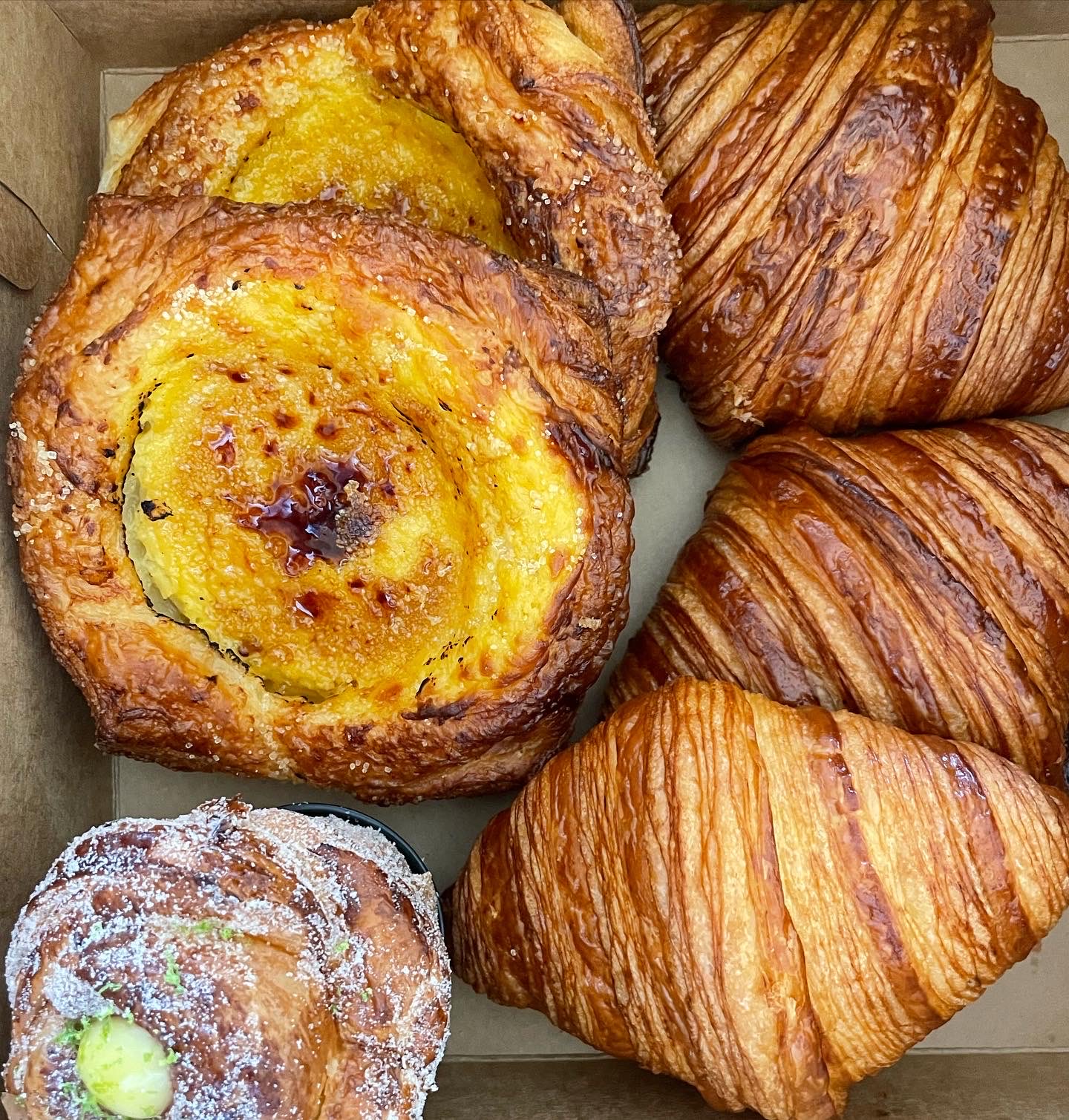
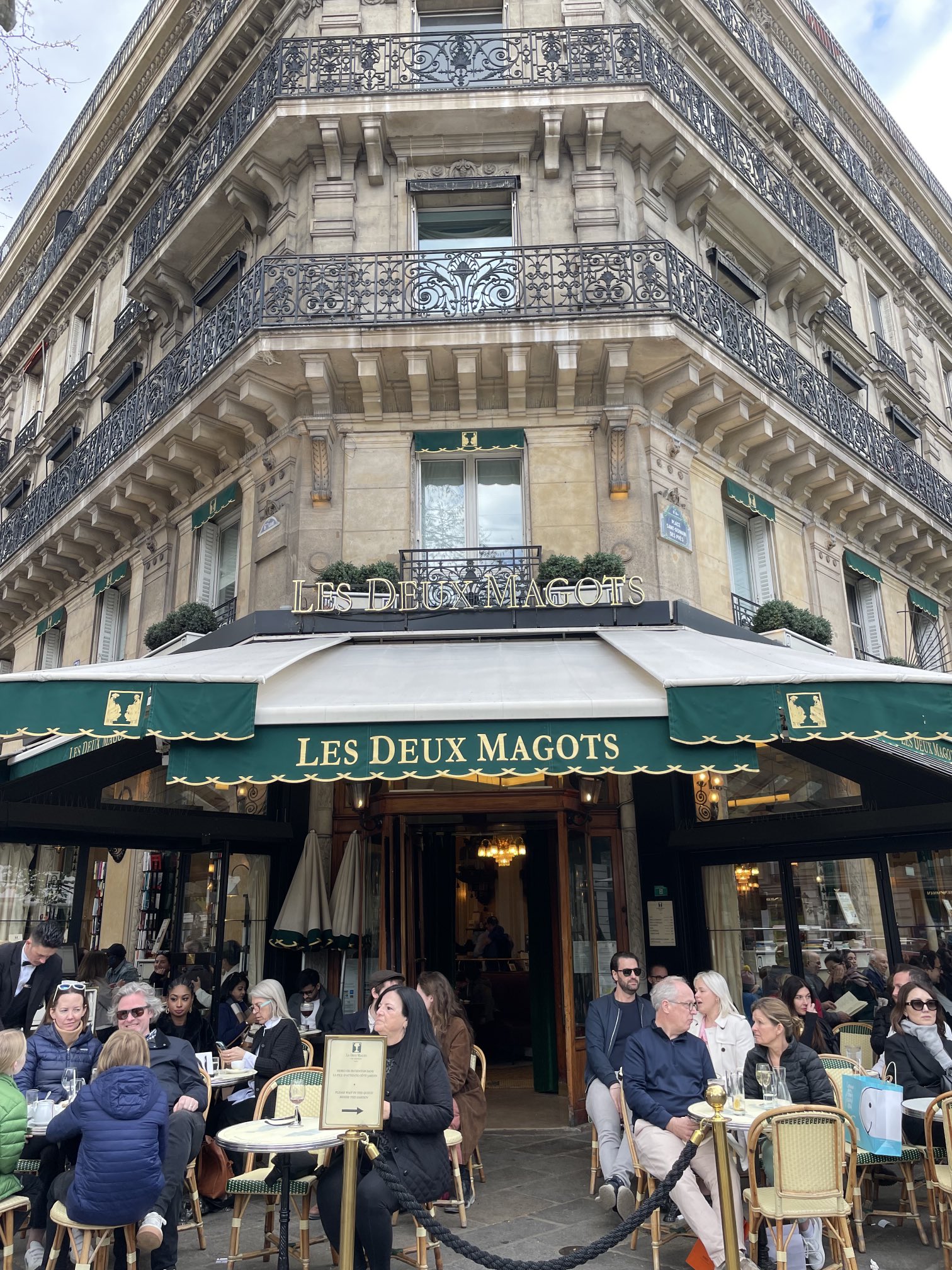
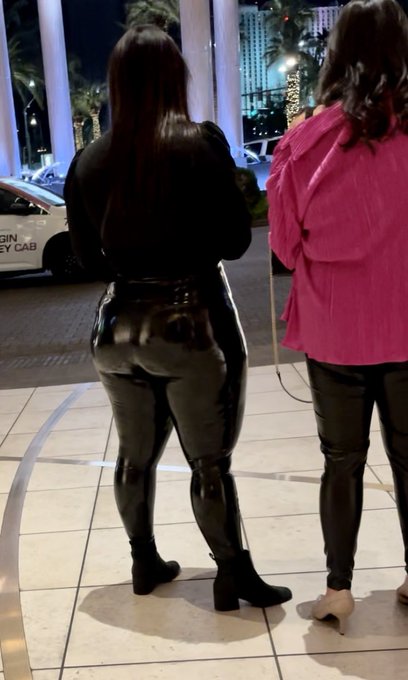
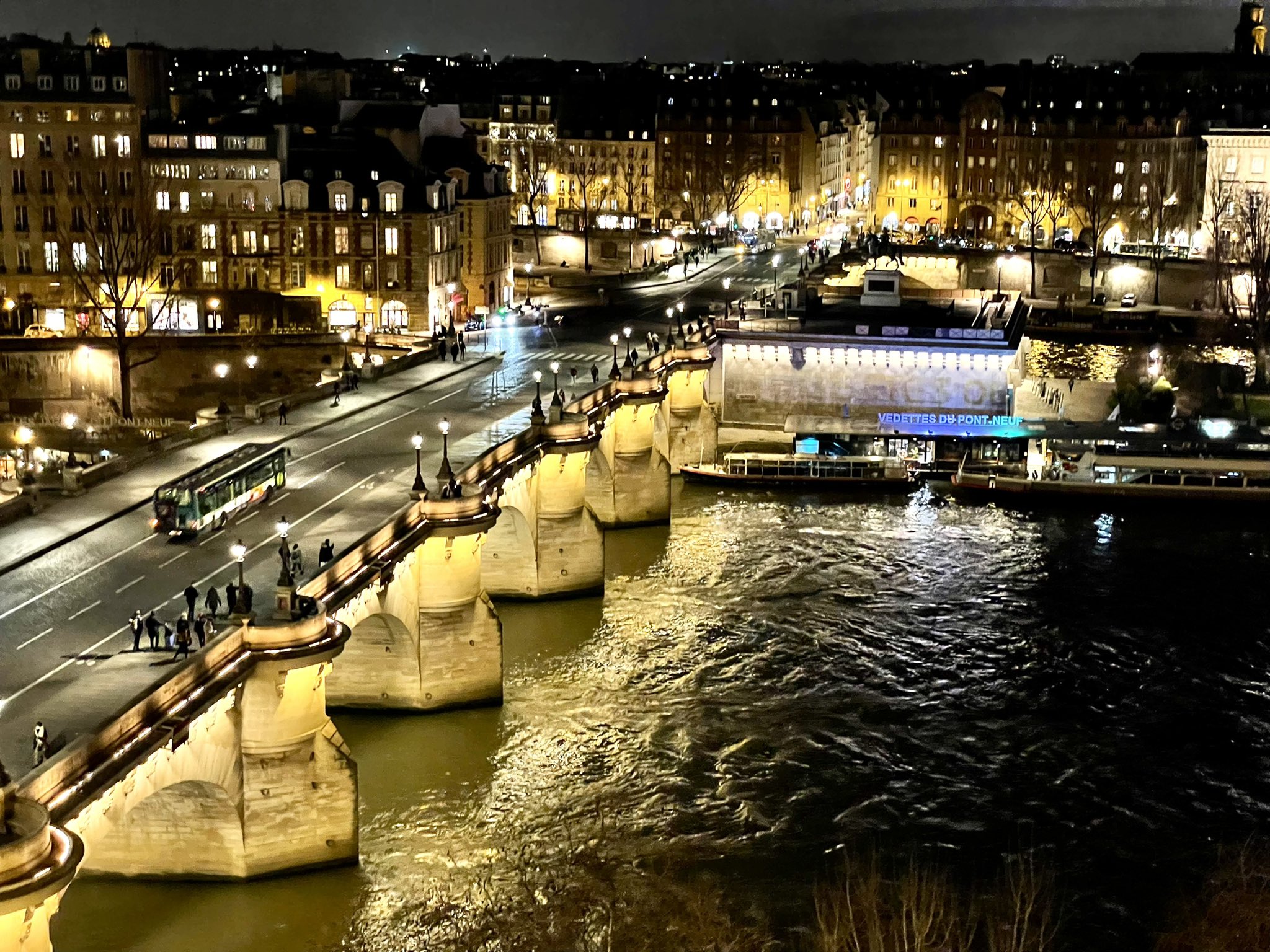 (Le Pont Neuf)
(Le Pont Neuf)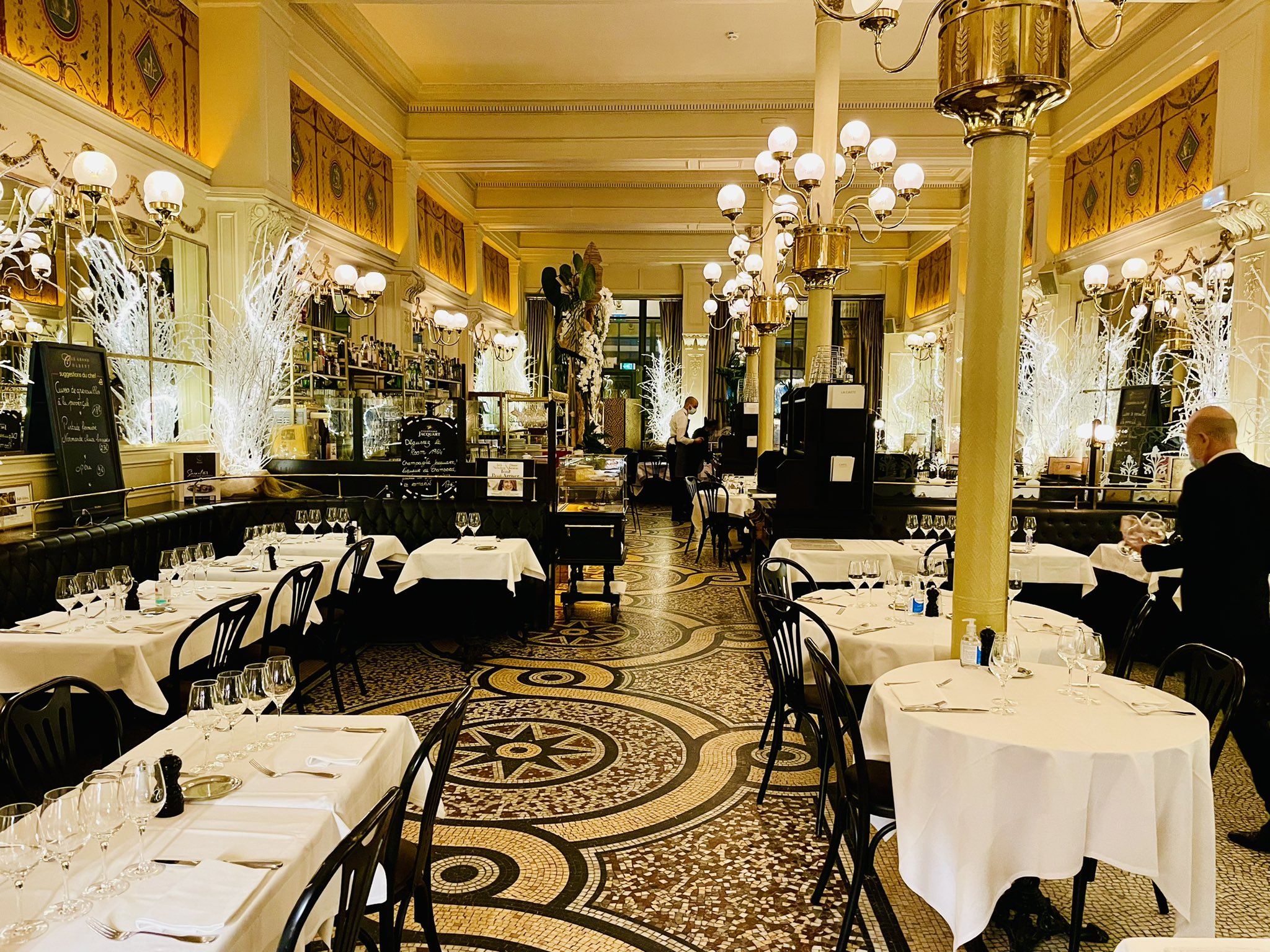 (Gorgeous at any hour)
(Gorgeous at any hour)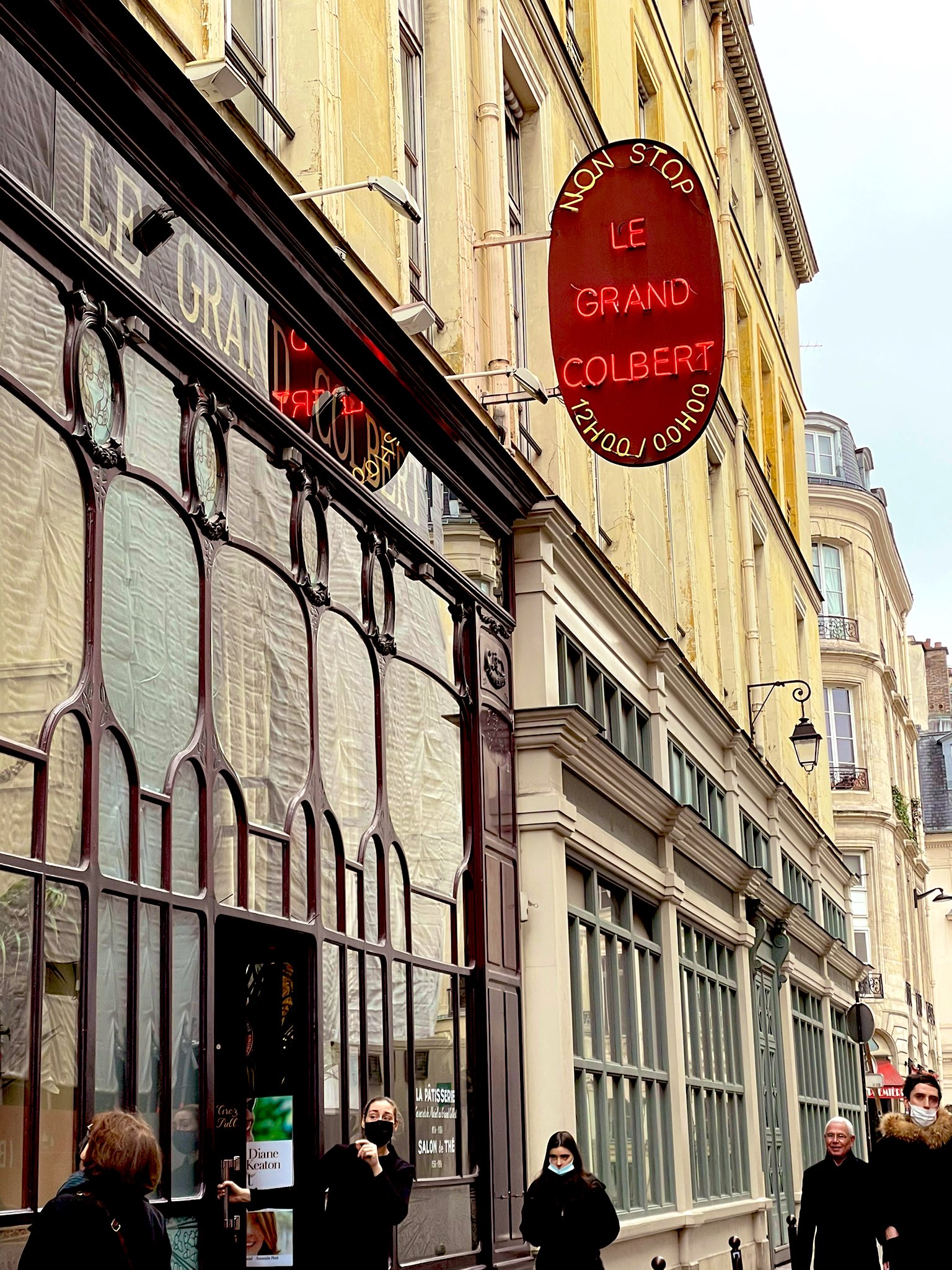 (Monsieur, thees way, s’il vous plait!)
(Monsieur, thees way, s’il vous plait!)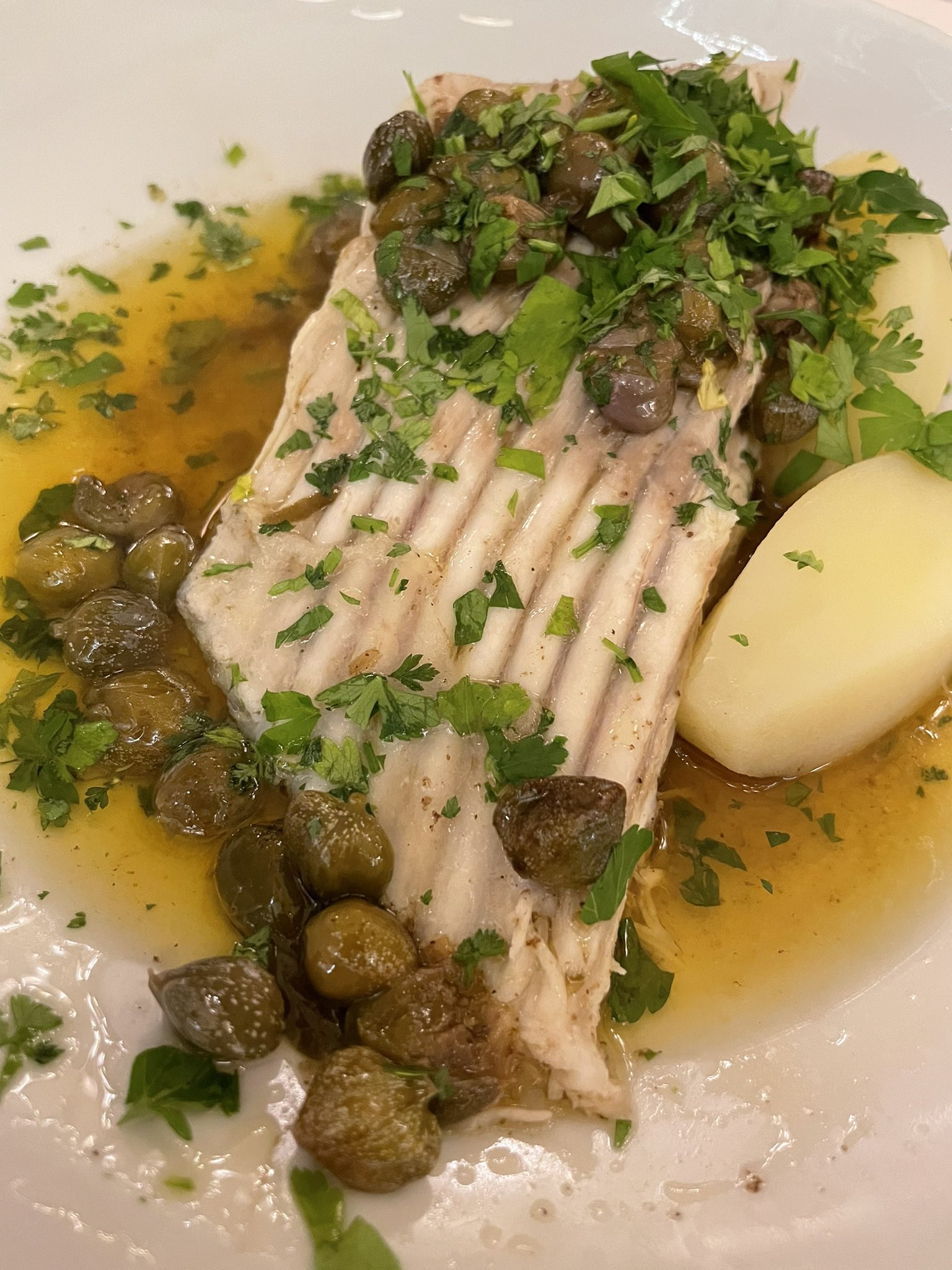 (Skate it from me: this ray of hope capered our day)
(Skate it from me: this ray of hope capered our day)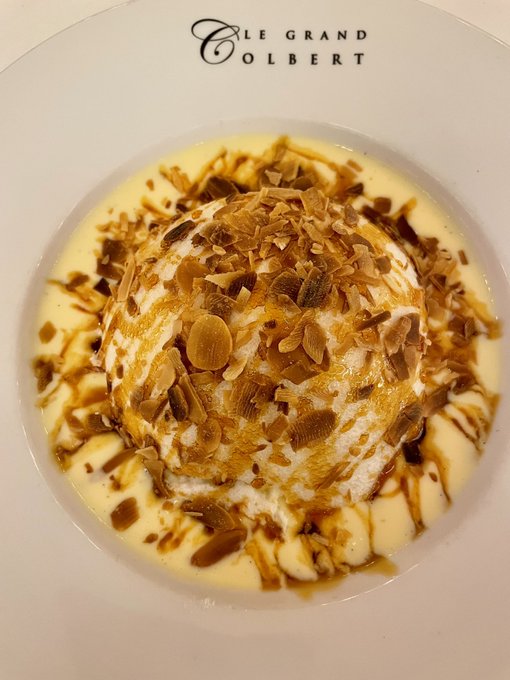 (Floating island floats our boat)
(Floating island floats our boat) (Once, my happy place)
(Once, my happy place)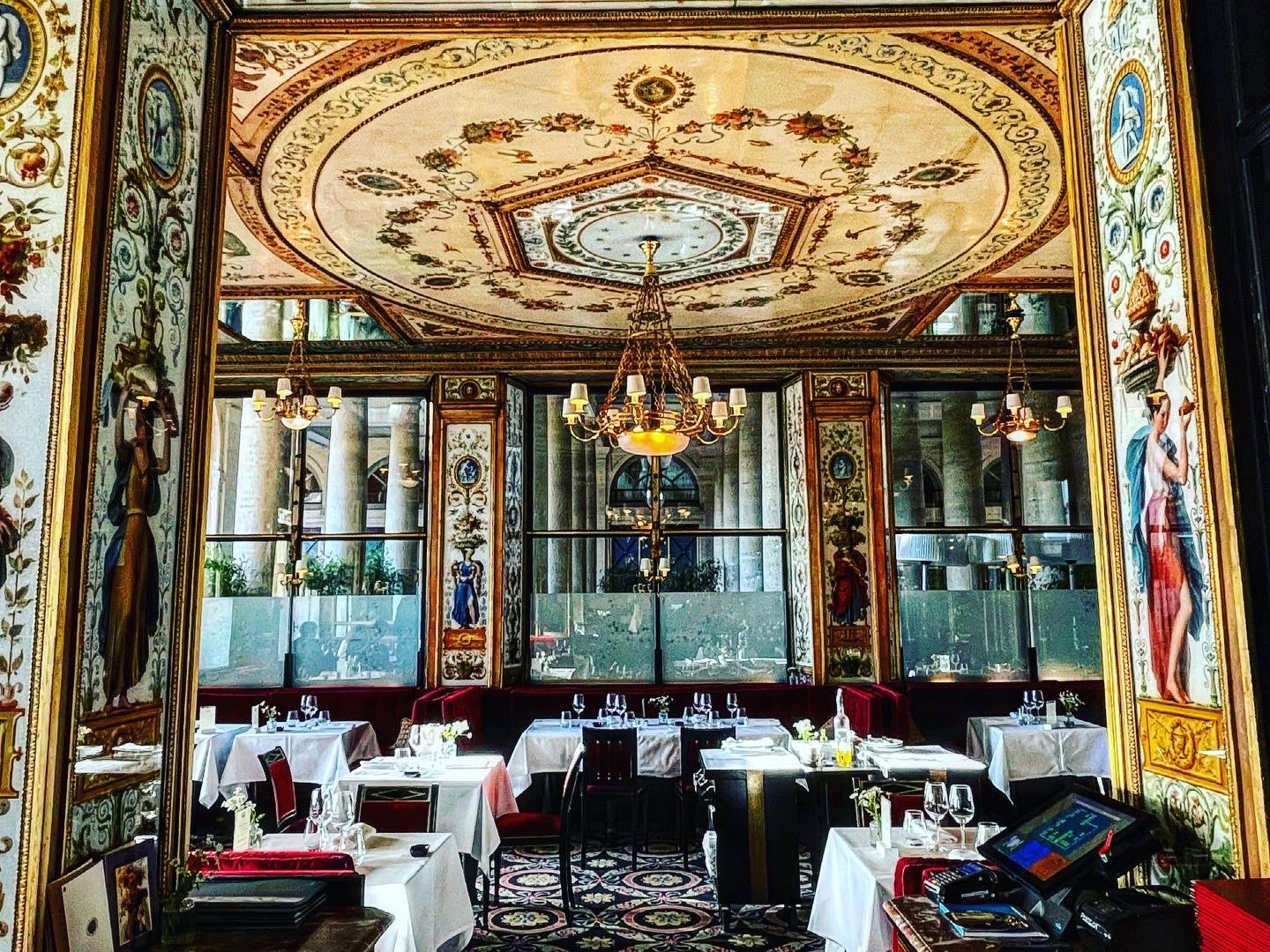 (Minimalism got guillotined in 1793)
(Minimalism got guillotined in 1793)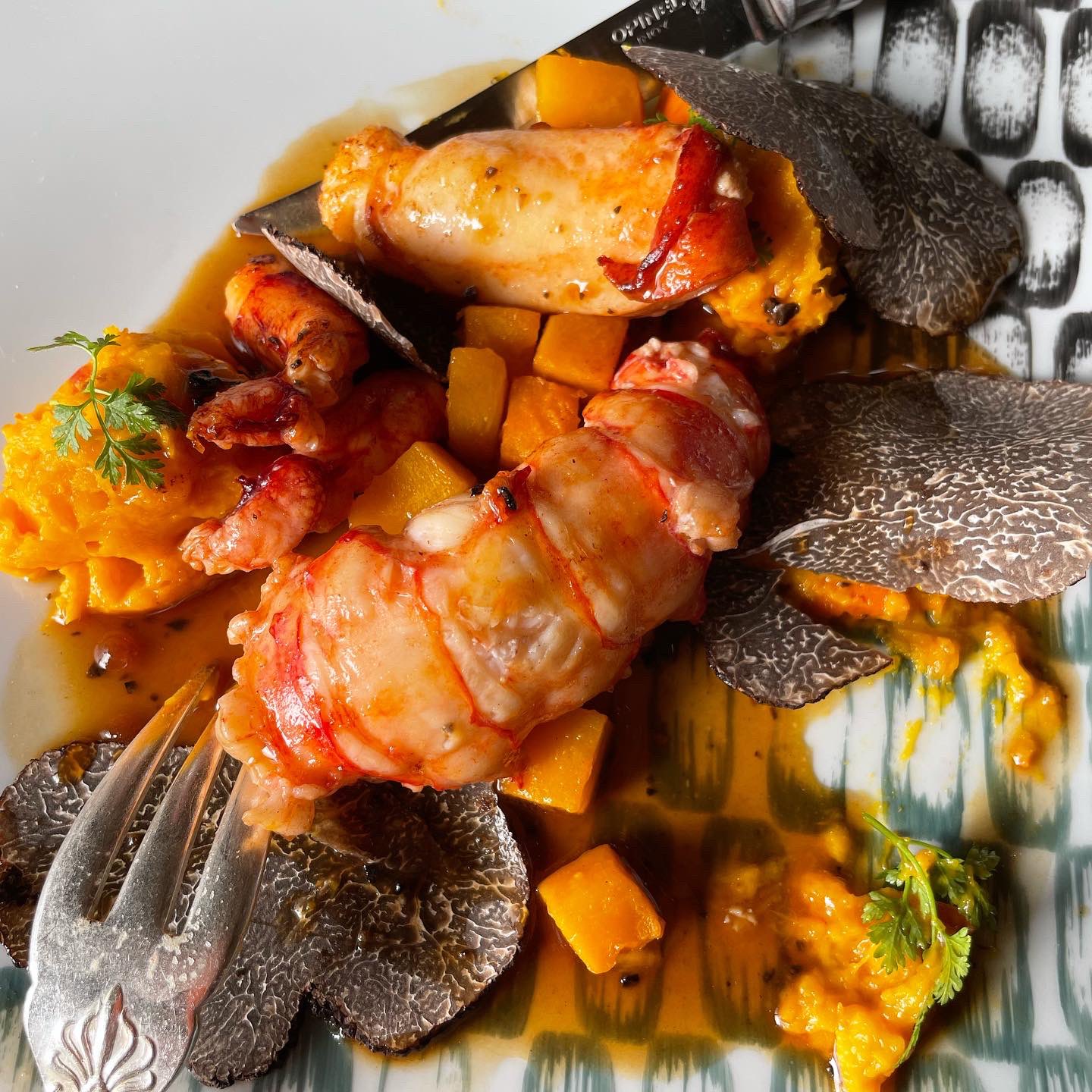 (Lovely lobster; superfluous truffes)
(Lovely lobster; superfluous truffes)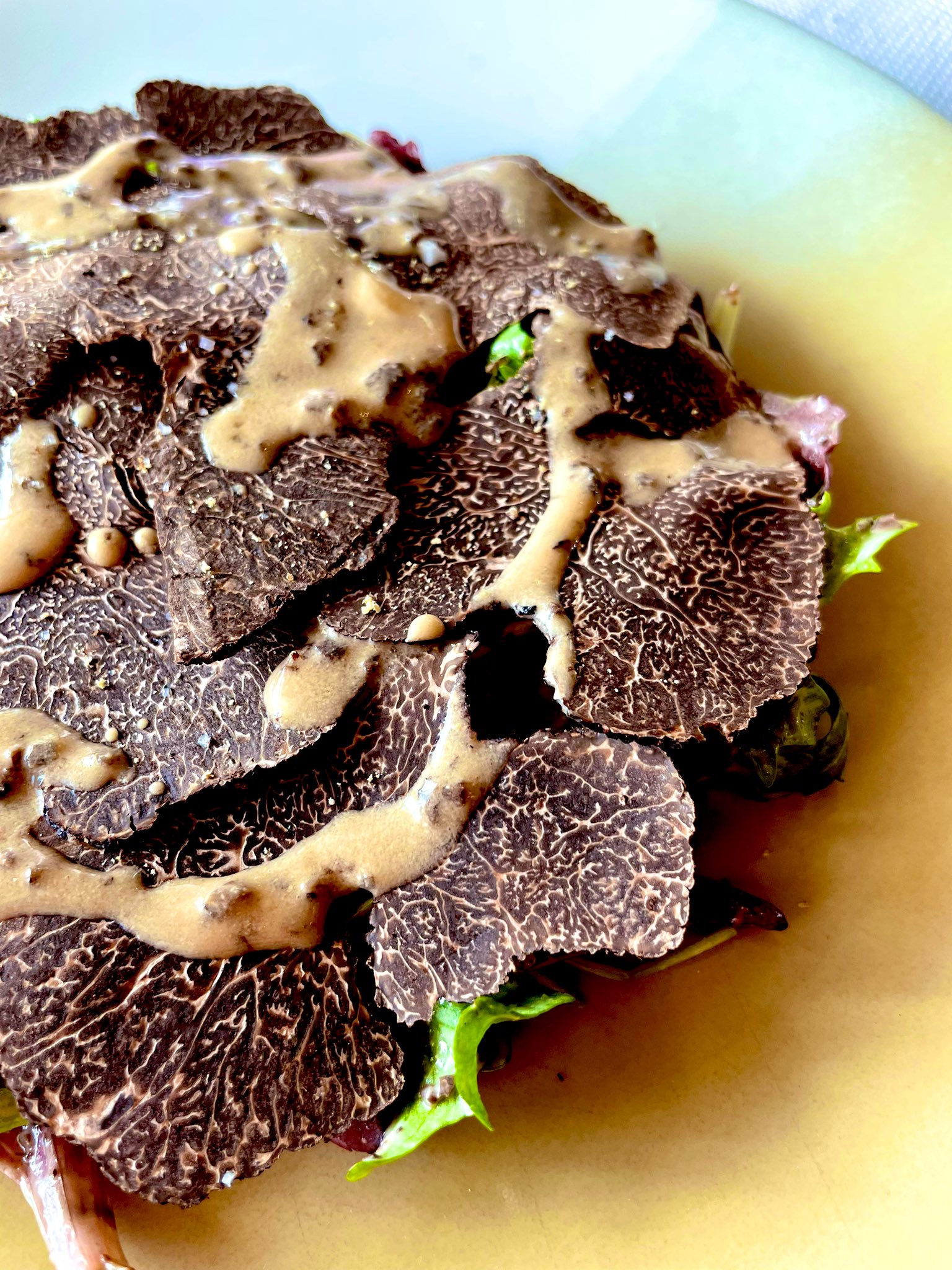 (Truffle salad, not worth the tariff)
(Truffle salad, not worth the tariff)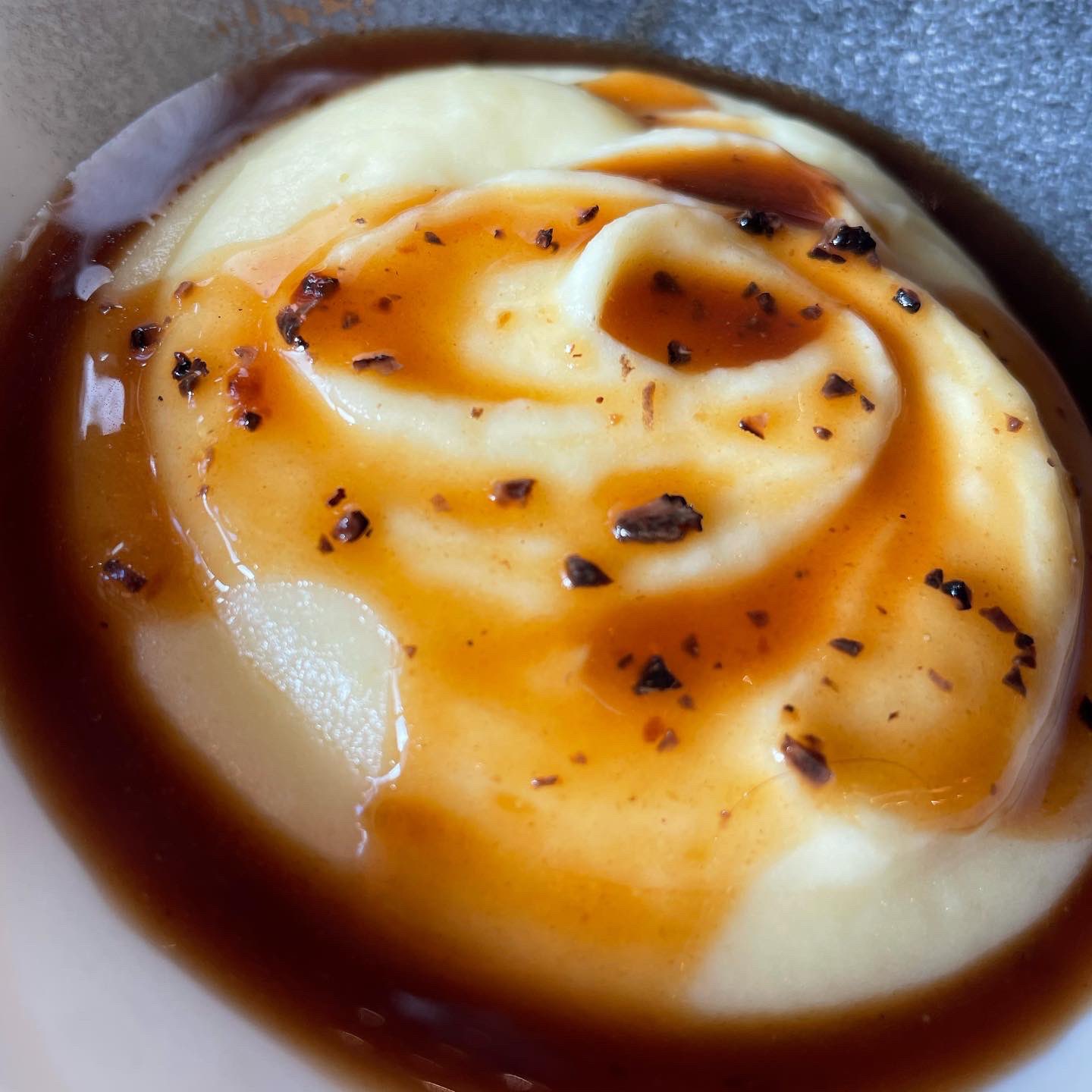 (Black truffles at their best)
(Black truffles at their best)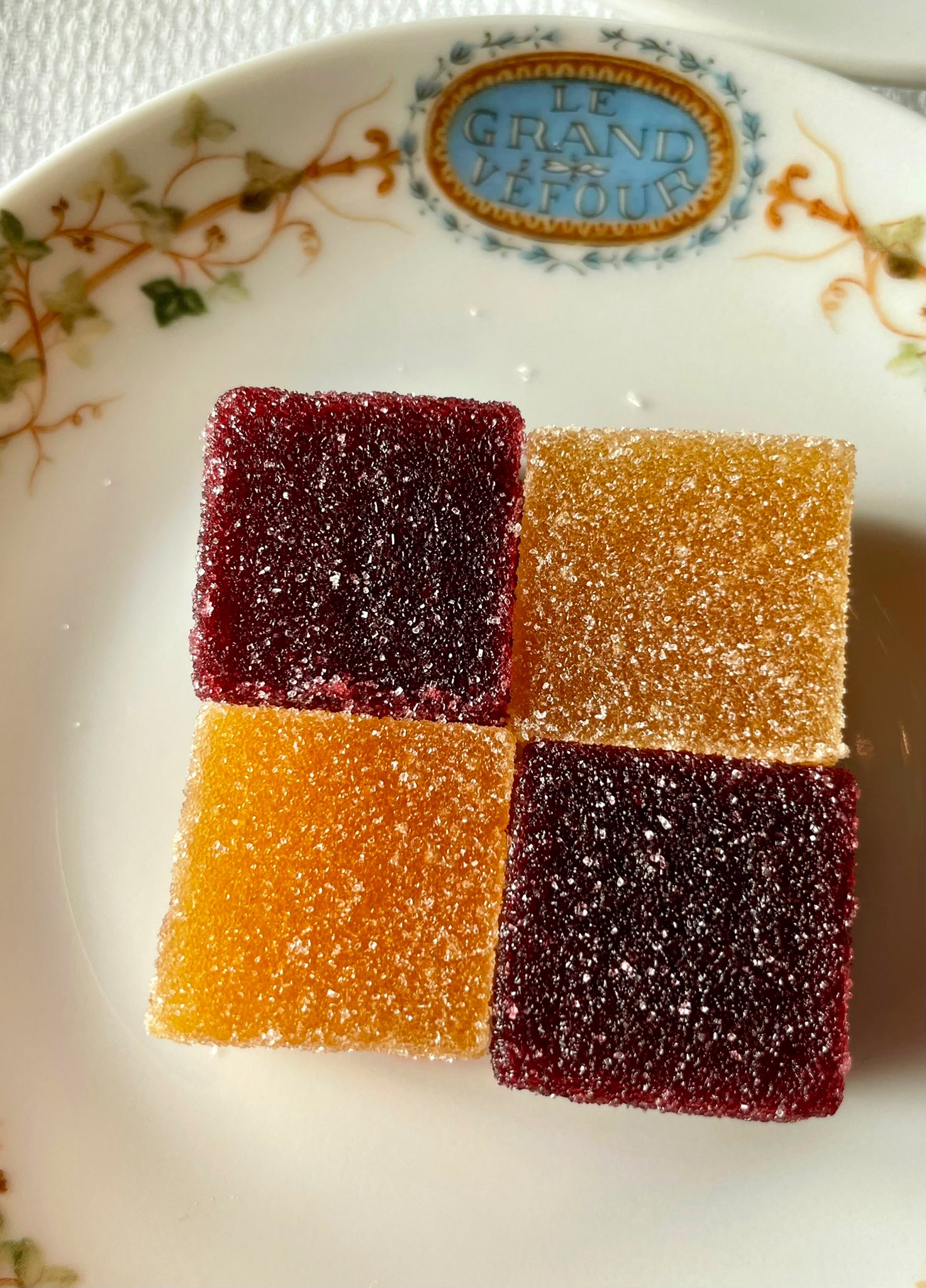 (Breaking up is so very hard to do)
(Breaking up is so very hard to do)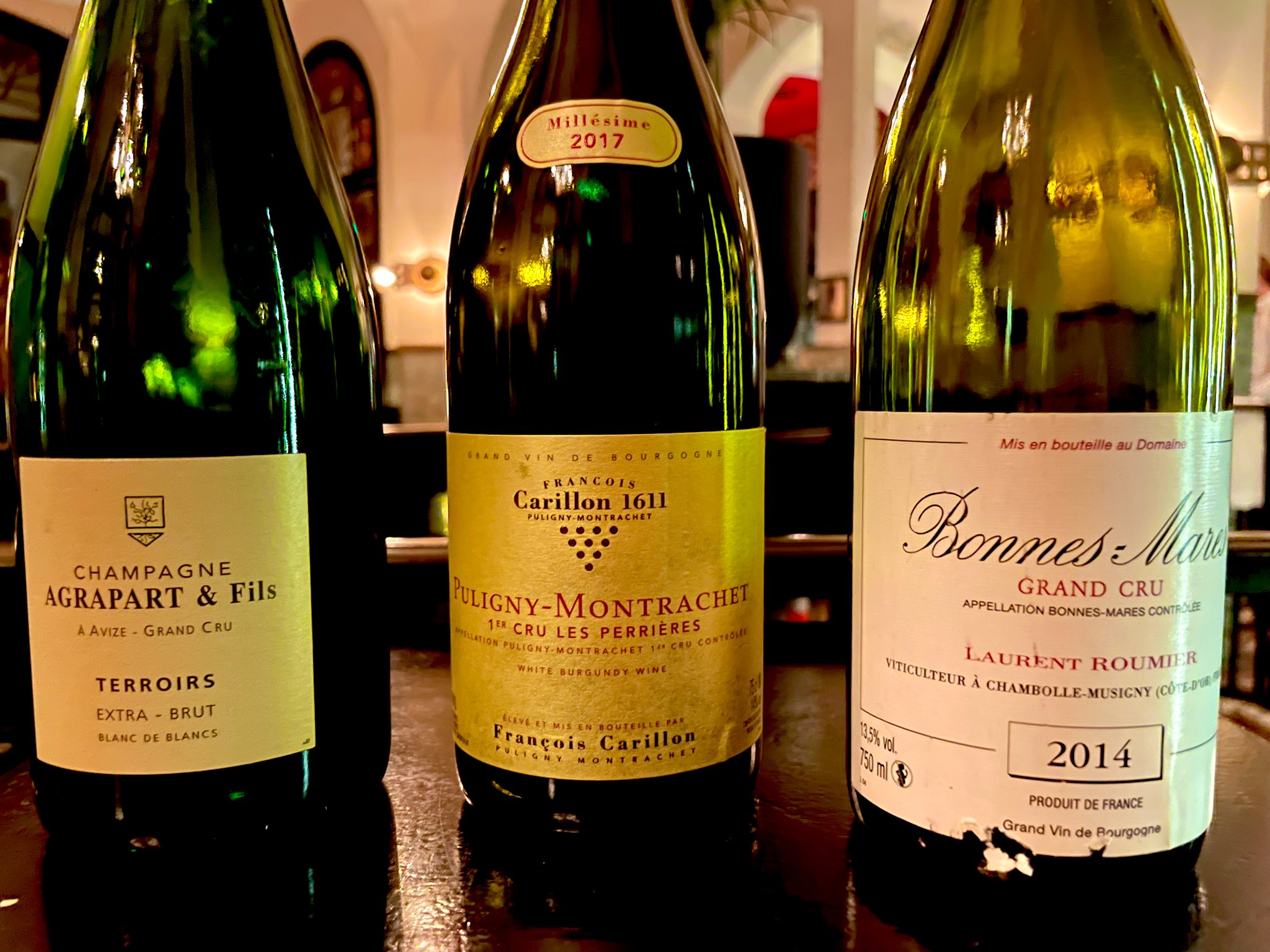
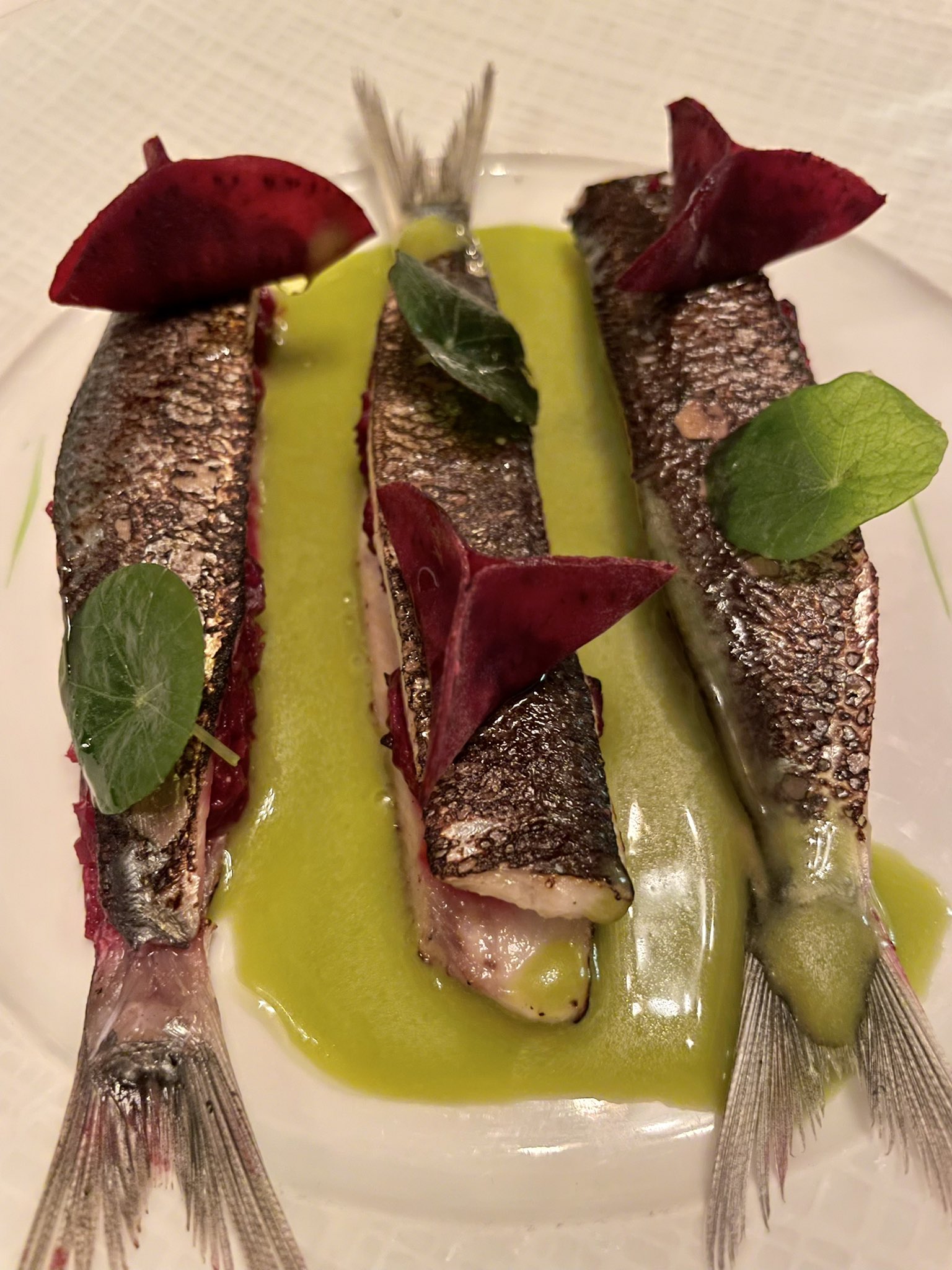 (These sardines are an example of the excellent food at Les Climats about which we know very little)
(These sardines are an example of the excellent food at Les Climats about which we know very little)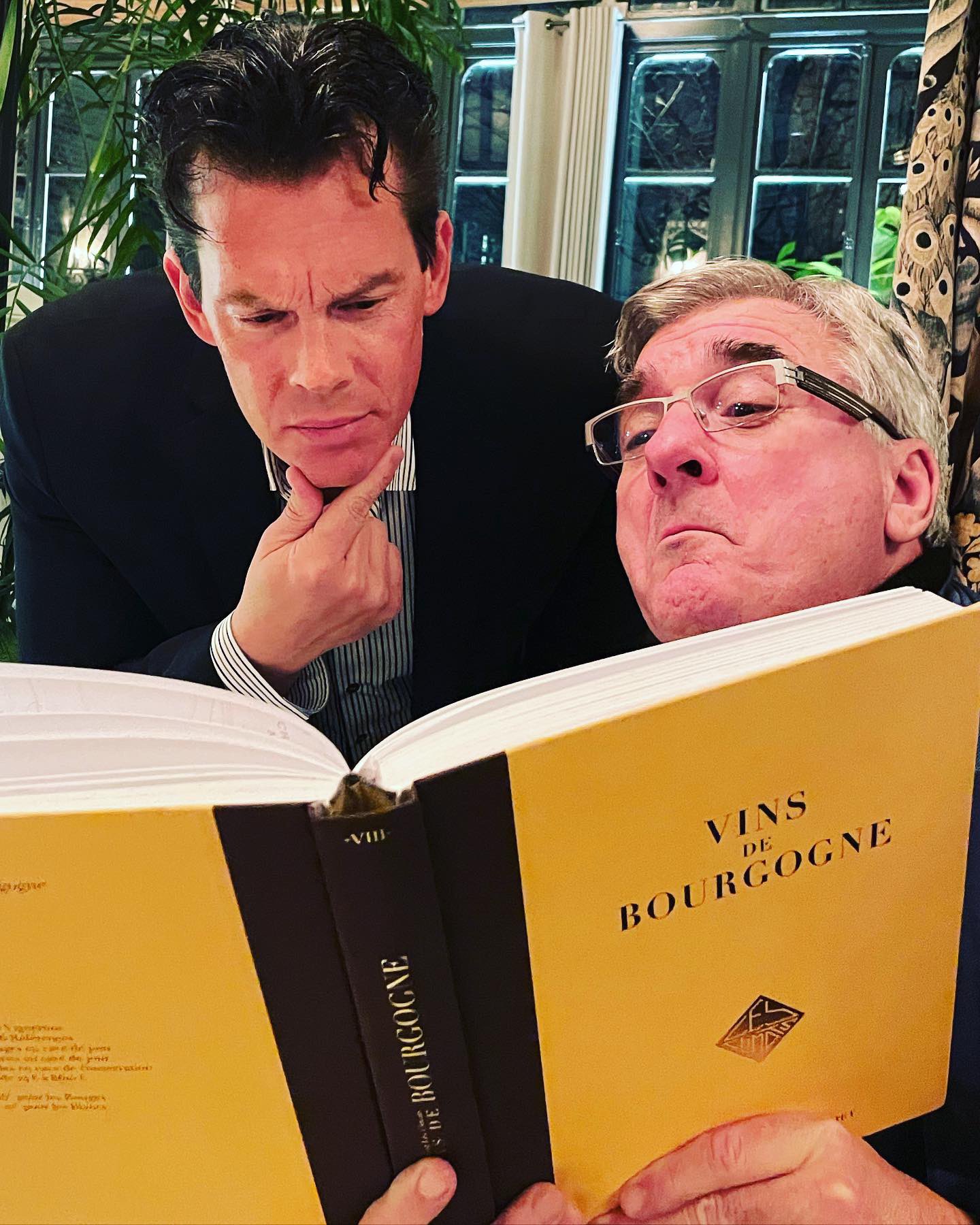 (Wine cards in Paris take many forms, some of which can be taken to the gym)
(Wine cards in Paris take many forms, some of which can be taken to the gym)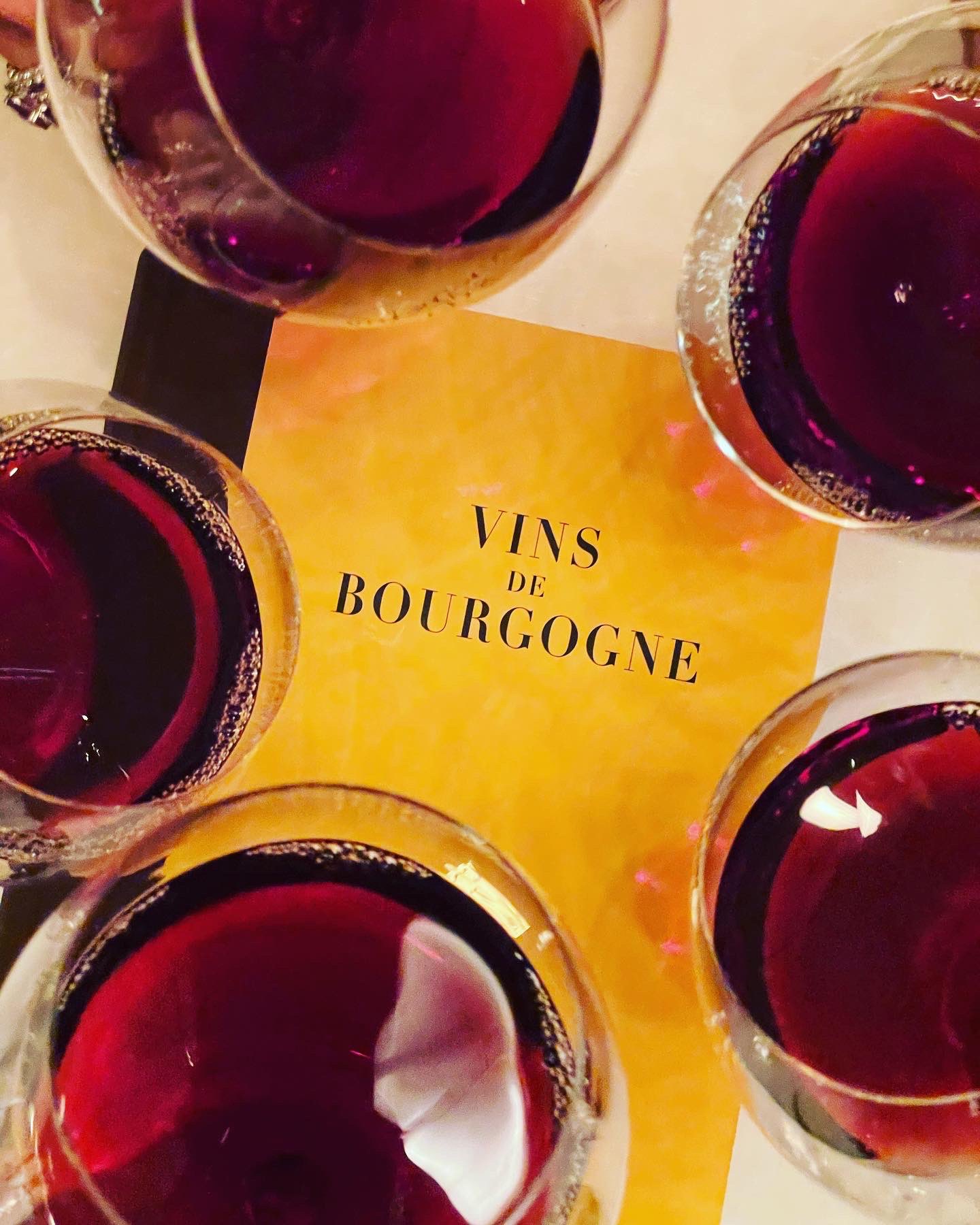
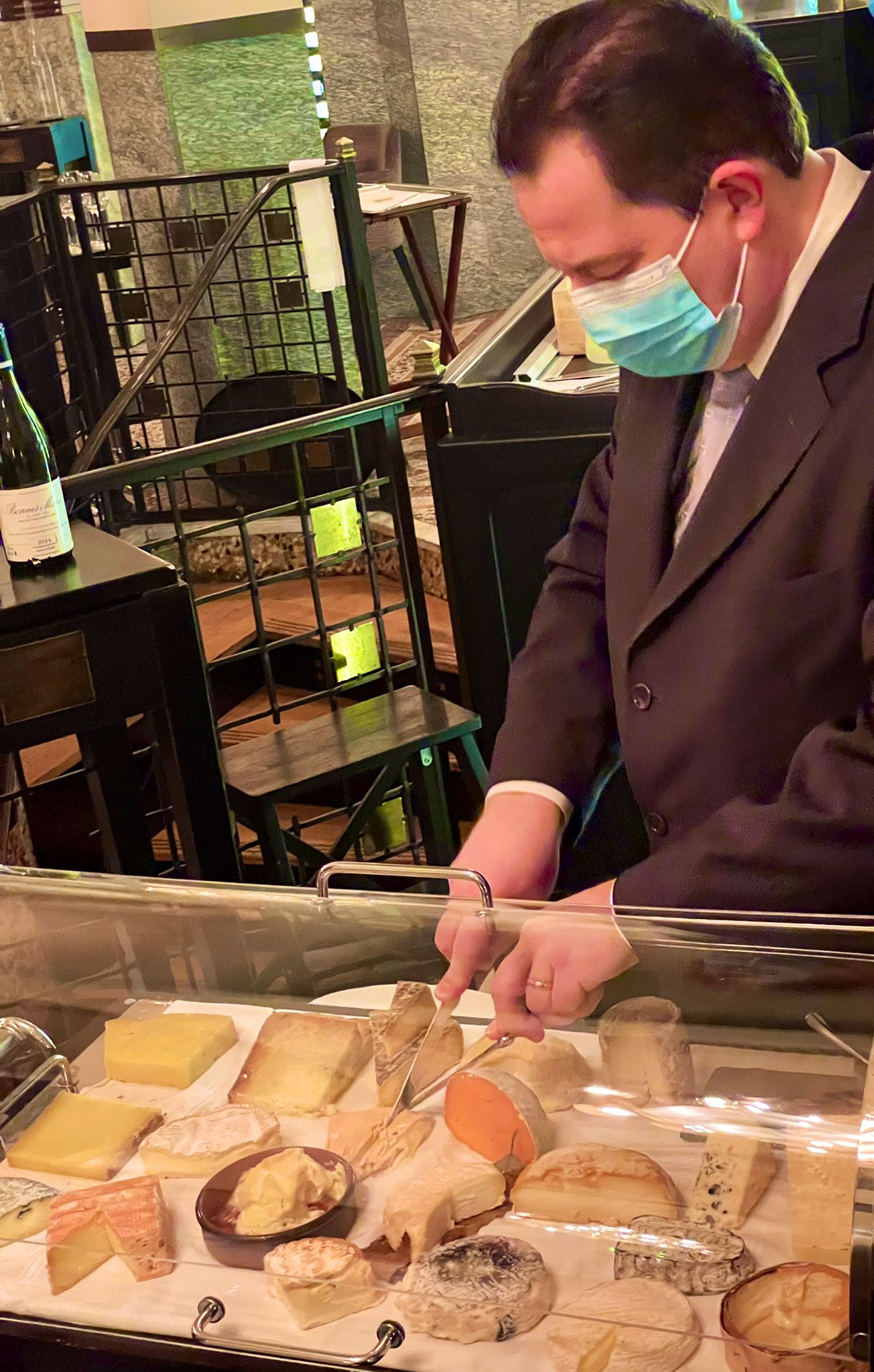 (Curd, glorious curds)
(Curd, glorious curds)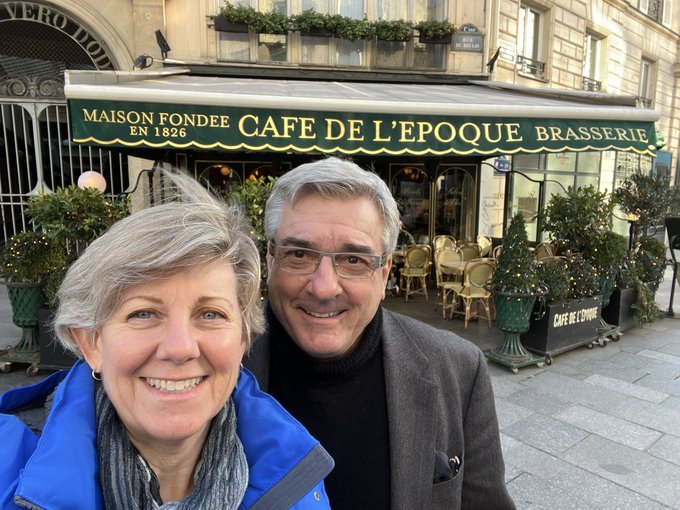 Paris is always a good idea – Audrey Hepburn)
Paris is always a good idea – Audrey Hepburn)
